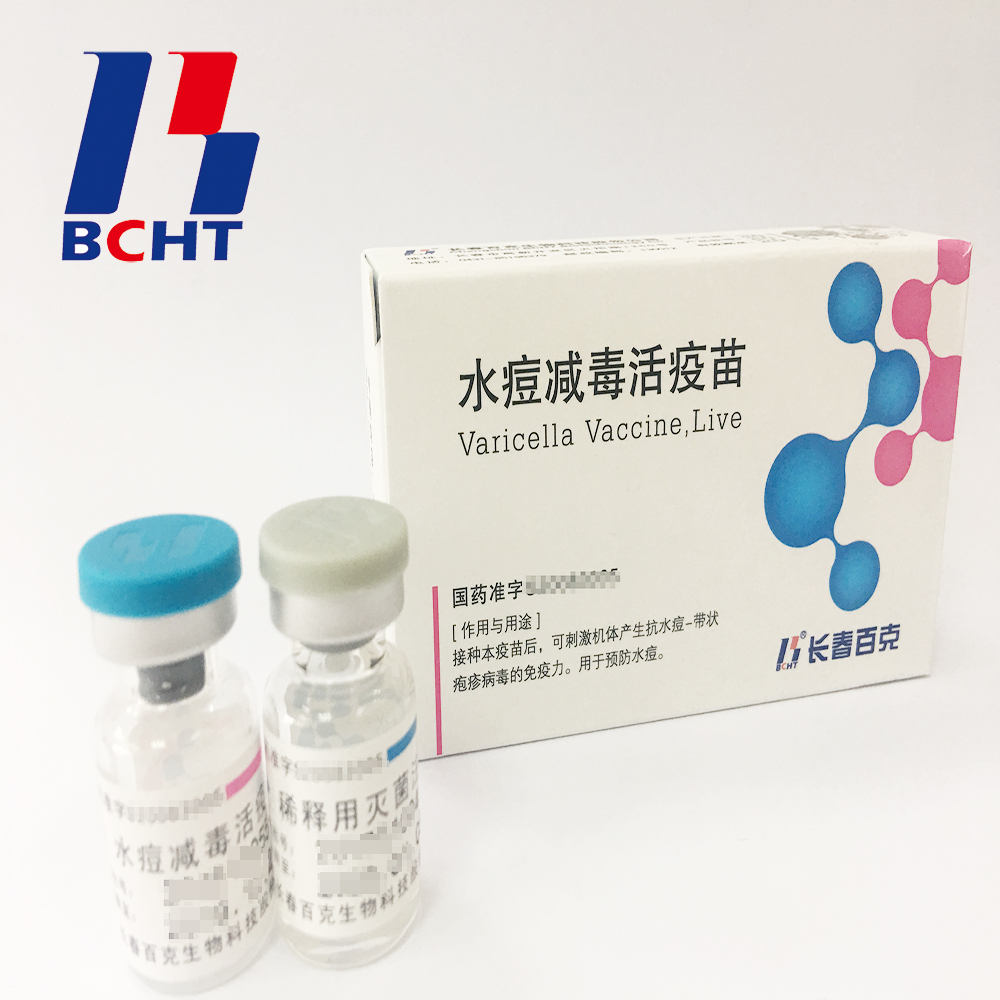First, use varieties. The use of extremely early or early maturing varieties with large yield potential is an inherent factor in achieving high peanut yield. High-yielding fields are selected from the common type of new large peanut variety “Yuyu No. 2â€. As long as the variety meets the growing period of ≥15°C for more than 95 days, the yield per mu of 400 kg or more is very good.
Second, land preparation. After the wheat is harvested, the wheat stalk spit from the combine harvester is evenly distributed, the shredder smashes the grass, and the rotary cultivator spins the ground. Garlic, onion, potatoes, etc. can be ploughed after harvesting, or they can be sowed directly without rotation.
Third, fertilization. In order to satisfy the requirement of high-yield peanuts and accelerate the decay of wheat straw, 30-40 kg of ammonium bicarbonate, 40-50 kg of superphosphate and 5-10 kg of potassium sulfate are applied per acre in combination with rotary arable land, and mixed in soil through rotary arable land. Combine sowing with 10-15 kg compound fertilizer.
Fourth, sowing. In order to ensure that the summer live peanuts have a sufficient period of growth, it is emphasized that the former crops will be planted after the harvest. The Ludong region strives to close earlier in June 25th and southwest of Luxi and southwestern Shandong and southwestern China, and it will be more accurate to broadcast high-yield peanuts in the summer. The seeder is planted with a disc type opener, and the ridging, seeding, chemical fertilizer application, repression, spraying herbicide and other multiple processes are completed in one operation. The "Yuyu 2", ridge distance 80-85 cm, 2 rows per ridge, between a small row spacing of about 30 cm, 17-20 cm from the hole, two per hole or a seed. Pre-seeding seeds need to be graded, seed dressing with “Guardian†0.25% seed seedlings to prevent seedlings after seedling emergence; 1.0-1.5 kg fast-killing insecticide powder for each acre to prevent earthworms and seedlings such as grasshoppers It is a viral disease transmitted as a major vector; 60-90 ml of quinones (or 150-200 ml of "acetochlor") and 2 g of "rapid feed" (or 80-100 ml of "Nonsita") Herbicides are used to control monocotyledonous and dicotyledonous annual weeds in one year. When soil moisture is poor, watering along the ditch is required after sowing to ensure that all seedlings are sown.
Fifth, field management. During the summer period, peanuts in the early stage (sprouting and seedling stage) and mid-stage (flowering stage and pod stage) grow faster and have a shorter period of time, while late stages (maturity period) are comparable to or slightly longer than spring peanuts. . The general principle of field management should grasp the proactive growth promotion in the early stage, rapidly increase the amount of vegetative growth, actively regulate growth in the medium term, and timely prevent pests such as cotton bollworm and bridge-building insects. In the later period, active prevention of early defoliation and promotion of early maturing should be implemented. The specific measures are: 1. 10 days after peanut seedlings begin to spray twice with 8-10 days interval systemic pesticides and 800-1000 times the "big tadpoles" foliar fertilizer to control aphids and their transmission of the virus disease. 2, peanuts 15-20 days after the beginning of flowering, the plant has been or close to the seal when spraying 800 times "Zhuang satan" inhibited the plant continued to increase, prompting the growth and development of pods. 3. Insecticides are used when insects such as cotton bollworms and bridge-building insect pests and leafhoppers are infested. 4, 40-50 days after the emergence of peanuts, when the plants basically stopped growing, spray a 300-fold "peanut high-yield film" or 800 times thiophanate-methyl and "too much" mixture to prevent premature defoliation.
Six, harvest. In the summer, peanuts are protected by the live peanuts, and the harvesting period is delayed as long as it does not affect the sowing of the crop. The harvester can be harvested with the function of excavating and shaking the earth, and the field can be dried for 2-3 days. Return the fruit to the outside for stacking, fully dry and pick fruit, Yang net storage, stay for the next year, seedlings, seedlings quickly, seedlings strong.
1.Good safety of gelatin-free.The first lyophilized Varicella Vaccine, containing no gelatin from animals, invented and produced in China. Getting rid of gelatin from varicella vaccine can significantly decrease the ratio of anaphylaxis incidence .
2.Long validity period by good stability. The first approved varicella vaccine with 36 months of validity period in the world. Adopting BH-2 stabilizer with own IP rights (Chinese patent granted No.: ZL200910138411.6, International patent application No.: PCT/CN2009/001405) greatly enhances the stability of the product and ensures the validity period for 36 months under the storage condition.
3.Better protection with high titer and immune eff icacy. It`s documented that compared with the varicella vaccine of low titer, high titer vaccine can reduce breakthrough cases by nearly 75% in vaccination. Of all released batches of Varicella Vaccine from BCHT, the titers are not less than 10000 PFU/dose tested by National Institutes for Food and Drug Control.
icacy. It`s documented that compared with the varicella vaccine of low titer, high titer vaccine can reduce breakthrough cases by nearly 75% in vaccination. Of all released batches of Varicella Vaccine from BCHT, the titers are not less than 10000 PFU/dose tested by National Institutes for Food and Drug Control.
Varicella Vaccine(Live)
Live Bioproducts Pharmaceutical,Live High Potency Medicine,Live Preventive Pharmaceutical,Varicella Biopharmaceutical Live
Changchun BCHT Biotechnology Co.,Ltd , https://www.ccbcht.net